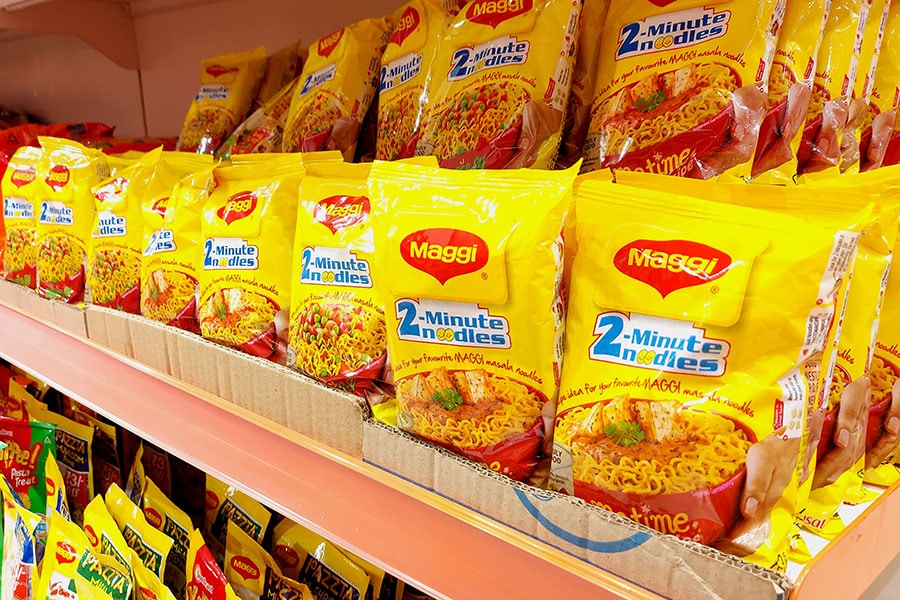
Maggi's two-minute strategy and how convenience and comfort combined
Nestle-owned Maggi Noodles' success in capturing the Indian imagination and taste has taken years
 Maggi Noodles was launched in India in 1982. Indians were familiar with noodles as part of a Chinese restaurant menu, but the Maggi style of “instant” noodles was new. Image: Shutterstock
Maggi Noodles was launched in India in 1982. Indians were familiar with noodles as part of a Chinese restaurant menu, but the Maggi style of “instant” noodles was new. Image: Shutterstock
Visualise bright yellow packaging and the words “2 minute” printed on it. Most people will say it is a Maggi instant noodle pack. Be it a local chai wala or a food stall vendor, at street corners or on highways, Maggi is often listed as a hot food they can serve.
Even on hikes and adventure camps, the pack of Maggi Noodles is a trusted companion for travellers. It has become a familiar taste and a recognizable aroma that is adored by Indians. Eaten anytime, anywhere, it requires very little to cook a hot, quick and tasty snack. But Maggi Noodles’ success in capturing the Indian imagination, and indeed the taste has taken years.
The Maggi Noodle launch and challenge
Maggi Noodles was launched in India in 1982. Indians were familiar with noodles as part of a Chinese restaurant menu, but the Maggi style of “instant” noodles was new. The product was positioned as a convenient option for lunch and dinner. However, it was proving difficult to change the traditional behaviour of Indians regarding these meals. The Nestle team had to make Maggi Noodles appealing to the Indian audience.Maggi’s positioning
Sangeeta Talwar led the Nestle team and started work on identifying occasions where eating habits could be easier to change or were weak. They realized that evening snacks were an area that was open to change since available options had problems.Readymade options like biscuits and chips did exist but were not filling or healthy. Home-made fresh hot snacks were time-consuming. Fresh snacks from outside were again expensive and could be unhealthy. This was an area where Maggi could be placed as an alternative evening snack which was tasty, easy to make, filling and hot.







